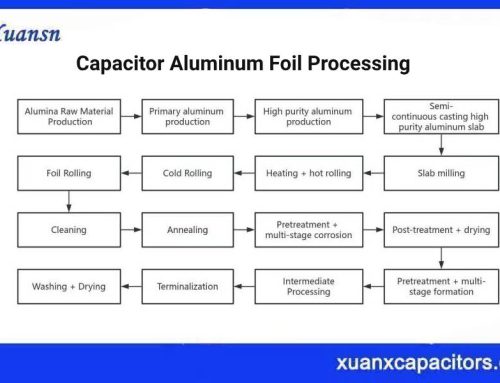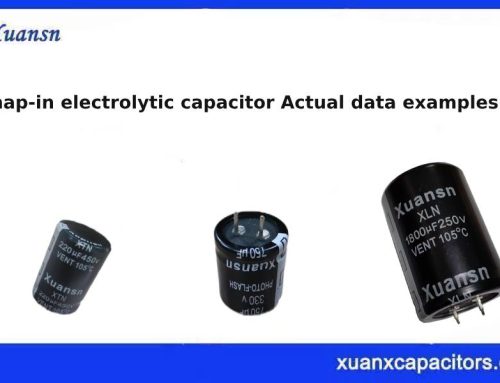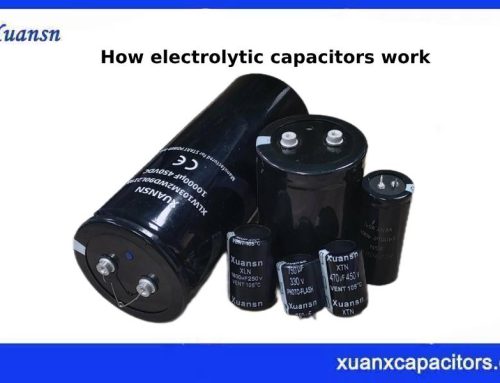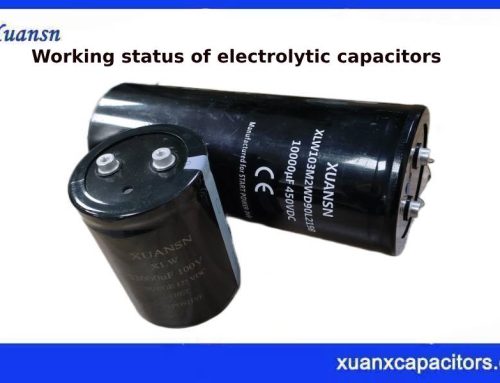Let’s go through this chapter to understand the role of the lower parallel capacitor device and the harm of harmonics.
🌈Usually DC transmission converter stations are divided into DC area and AC area. Compared with conventional AC substation equipment, there are essential differences between DC area equipment and conventional AC substation equipment. There is no essential difference between AC area equipment and conventional AC substation. Transformers, voltage transformers, arresters, busbars and other primary equipment, as well as AC protection equipment, fault recording devices, communication automation devices and other secondary equipment. Broadly speaking, the AC part of a DC converter station is approximately an AC substation. The biggest difference between the AC part of the DC converter station and the fully independent AC substation is that the former is equipped with a large number of AC and DC filters and shunt capacitors.
☀️Compared with the AC side, the converter (core converter equipment) of the DC converter station is not only a load (at the rectifier station) or a power source (at the inverter station), but also a source of harmonic current. It distorts the AC current waveform, sending a series of higher harmonic currents to the AC system, and also distorts the AC voltage waveform. In order to reduce the harmonic current flowing into the AC system and ensure that the distortion rate of the AC bus voltage of the converter station is within the allowable range, the AC filter came into being.
🔥On the other hand, with respect to the DC side, the converter is not only a power source (at the rectifier station) or load (at the inverter station), but also a source of harmonic voltages. It distorts the DC voltage waveform, sends out a series of harmonic voltages to the DC side, and generates harmonic currents on the DC line. In order to ensure that the harmonic current on the DC line is within the allowable range, it is necessary to install a DC filter on the DC side. Of course, special DC converter stations (such as back-to-back DC converter stations) do not install DC filters.
💥The DC filter is specially installed to reduce the harmonic components flowing into the DC line and the grounding pole lead, and is generally installed between the pole bus bar and the pole neutral line. The main functions are: ①Reduce the harmonic components of the DC side and make the DC current waveform smooth. ② Keep the current continuous when the current is small. ③ Filter out the DC side high-order wave.
🌟In addition to filtering out the harmonic currents on the AC and DC sides as mentioned above, the converter of the DC converter station needs to consume a large amount of reactive power (accounting for 40%~-60% of the DC transmission power) during commutation. The AC filter and the shunt capacitor also together form the reactive power compensation equipment of the DC converter station, which is also the primary function of the AC filter and the parallel electric passenger in the DC converter station.
✨The converter will generate harmonic voltages and harmonic currents on both sides of AC and DC. These harmonics have both characteristic harmonics and non-characteristic harmonics. Hazards to power system equipment and communications are mainly divided into two categories:
🌸(1) The first type of hazard, the harmonic voltage is superimposed on the fundamental voltage of the electrical equipment, causing an increase in electrical stress. This hazard is the most significant for power capacitors: harmonics cause additional heating through electrical equipment. This hazard is most significant for transformers and generators. In some cases, harmonic resonance overvoltage may occur, causing damage to some equipment or abnormal heating; the existence of harmonics may also cause unstable or incorrect operation of control and protection equipment. action.
🌹Harmonics cause additional losses and heat generation in rotating motors and capacitors. Specifically, the harmonic magnetomotive force caused by harmonic currents in synchronous motors will generate eddy current losses on the rotor surface, causing the motor to heat up. The high-order harmonics superimposed on the fundamental current will not only cause local heating of the generator, but also cause the generator to vibrate. In the induction motor, the harmonic magnetic field of the larger harmonic current will also generate a certain parasitic torque, so that the motor can not start or can not reach the normal speed. The added loss of the capacitor due to harmonics is:
.jpg)
where C—–capacitance, uF;
tanδ—–dielectric loss coefficient, generally assumed to be the same for each harmonic voltage;
ωn —– the angular frequency of the nth harmonic, rad/s;
Un—–The effective value of the nth harmonic voltage, kV.
💫In order not to cause the overheating problem of the capacitors running in the converter station due to the additional loss of harmonics, the total reactive power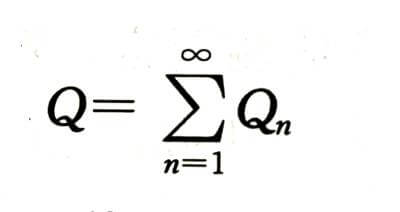 of the fundamental wave and harmonics of the capacitors should not be greater than the rated reactive power capacity of the capacitors. In addition, since the harmonic voltage may increase or decrease the peak value of the DC or AC voltage, it will affect the stress on the capacitor medium.
of the fundamental wave and harmonics of the capacitors should not be greater than the rated reactive power capacity of the capacitors. In addition, since the harmonic voltage may increase or decrease the peak value of the DC or AC voltage, it will affect the stress on the capacitor medium.
💧The harmonics of the DC system are manifested in that all the devices on the DC side have harmonics flowing, and the harmonic current will cause additional heating in these devices. Consequently, the rating requirements and operating costs of the equipment are increased.
🌊Harmonic resonance overvoltage is mainly manifested in that when a group of large parallel capacitors in the AC system and other parts in the system may generate resonance at a certain harmonic frequency, for example, when the short-circuit capacity of the AC system at the connection capacitor is When Qs and the rated capacity of the capacitor are Qc, the harmonic frequency order at which resonance may occur is:

🍓When Qc≈0.1Qs, resonance close to the 3rd harmonic can occur. Resonance can cause overvoltage to appear on the capacitor, causing the capacitor to heat up. It will also make the constant current regulator of the converter unstable.
🍈(2) The second category of hazards. The harmonic current passing through the power line will generate harmonic electromotive force on the adjacent telephone line through induction, which will interfere with the communication system (usually the working frequency range of the audio channel is 200∽3500Hz, and many harmonics in the DC transmission system are in this frequency range). Large harmonic currents flowing through power lines can induce electromotive force on adjacent weak signal lines, resulting in casualties or equipment damage. Therefore, filter settings are required on both the AC side and the DC.

